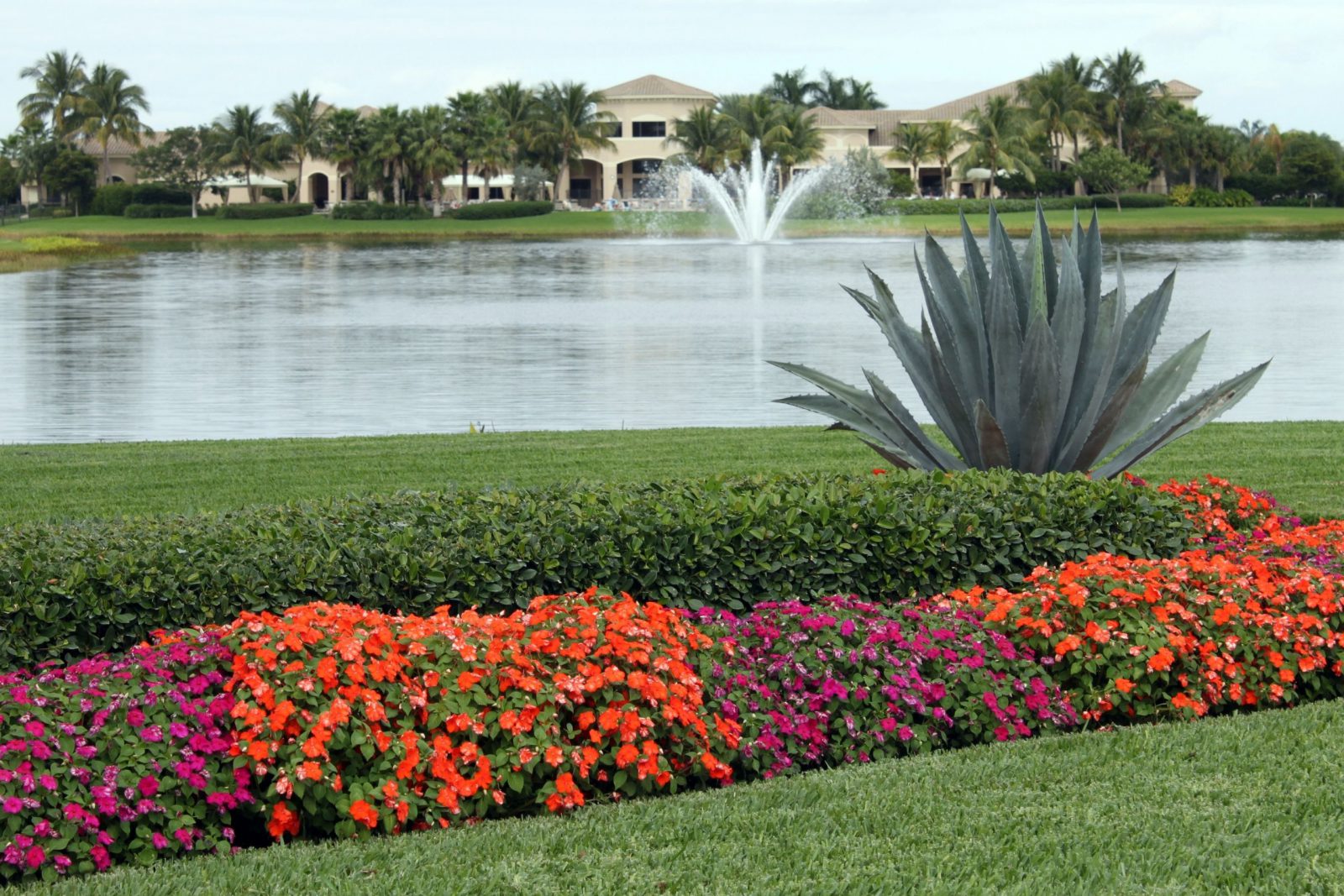
New Innovative Solutions in Your Lake Manager’s ‘Toolbox’
Herbicides and algaecides have traditionally been used to maintain balanced ecosystems in lakes and ponds—but wouldn’t it be exciting if there was a new technology or process that could totally revolutionize the way we approach environmental problems in our communities? Industry leaders have long understood that proactive, holistic management strategies are the key to achieve long-term balance in our aquatic environments; however, our toolbox of sustainable lake management solutions has not always grown at the same pace as our knowledge. That’s why we are so excited about recent advances in aquatic habitat restoration.
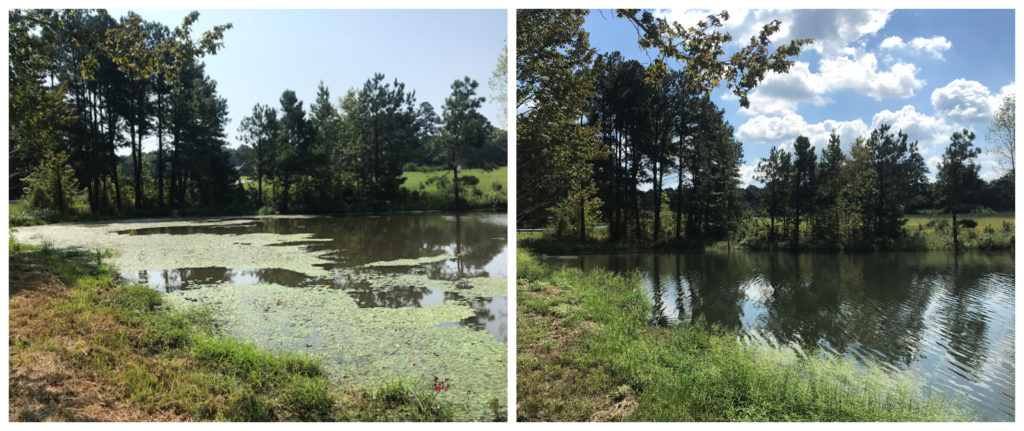
Controlling Pond Weeds with Highly-Targeted Herbicides
EPA-registered herbicides and algaecides are generally only used as a last resort solution—but sometimes they are necessary and valuable tools. Just as you might take an antibiotic to recover from an infection, pesticides help your waterbody recover from nuisance and sometimes harmful aquatic weed infestations. Now, new herbicide technologies are optimizing the safe eradication of undesirable plant species with very limited impact on native vegetation, wildlife or recreational activity. These highly-targeted herbicides combine the best features of traditional options to target the unique growth processes in undesirable aquatic weeds and achieve more selective and long-lasting vegetation control. Thanks to their favorable environmental profile, they require 100-1000x lower use rates than traditional herbicides and have been designated by the EPA as a “Reduced Risk” solution that is virtually non-toxic to humans, pets and wildlife.
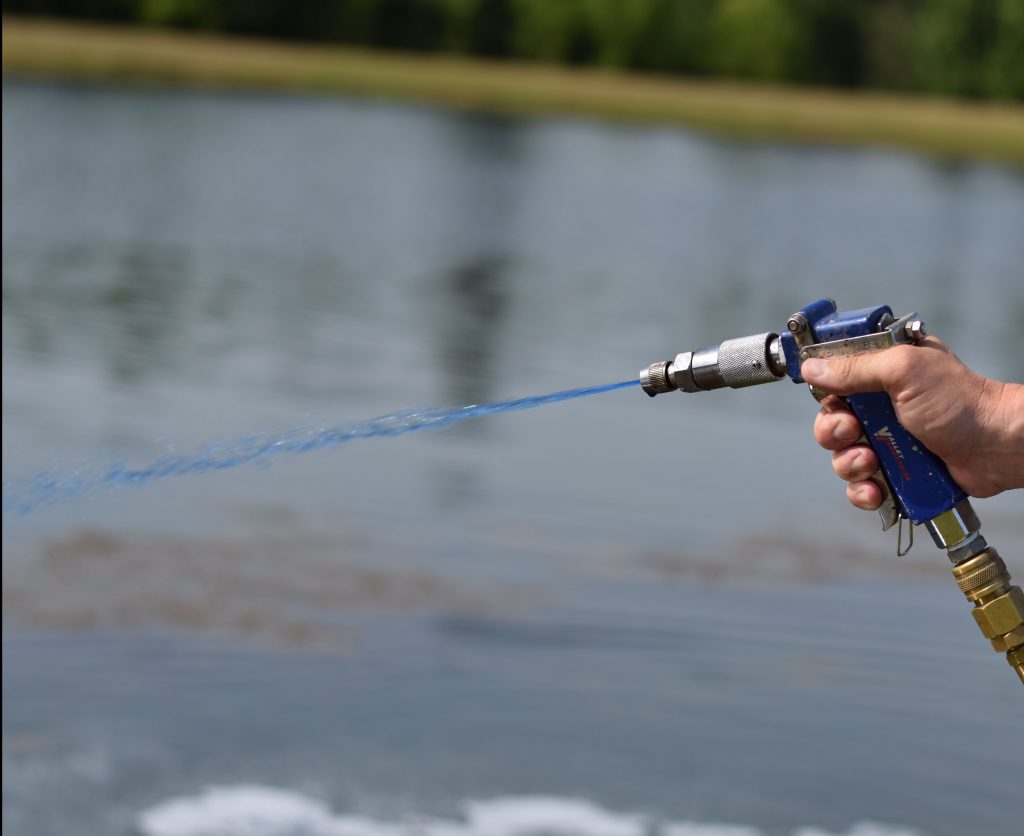
Safely Control Lake Weeds Like Hydrilla and Milfoil
Reduced Risk herbicides like ProcellaCOR can be highly successful for the management of many species and may provide exceptional multi-season control when applied by specially certified professionals at the appropriate growth stage and dosing rate. Properties suffering from chronic milfoil species, hydrilla, crested floating heart, watershield, parrotfeather, creeping primrose, slender spike rush, yellow floating heart and similar species are excellent candidates for management with these highly-selective, low-impact herbicides.
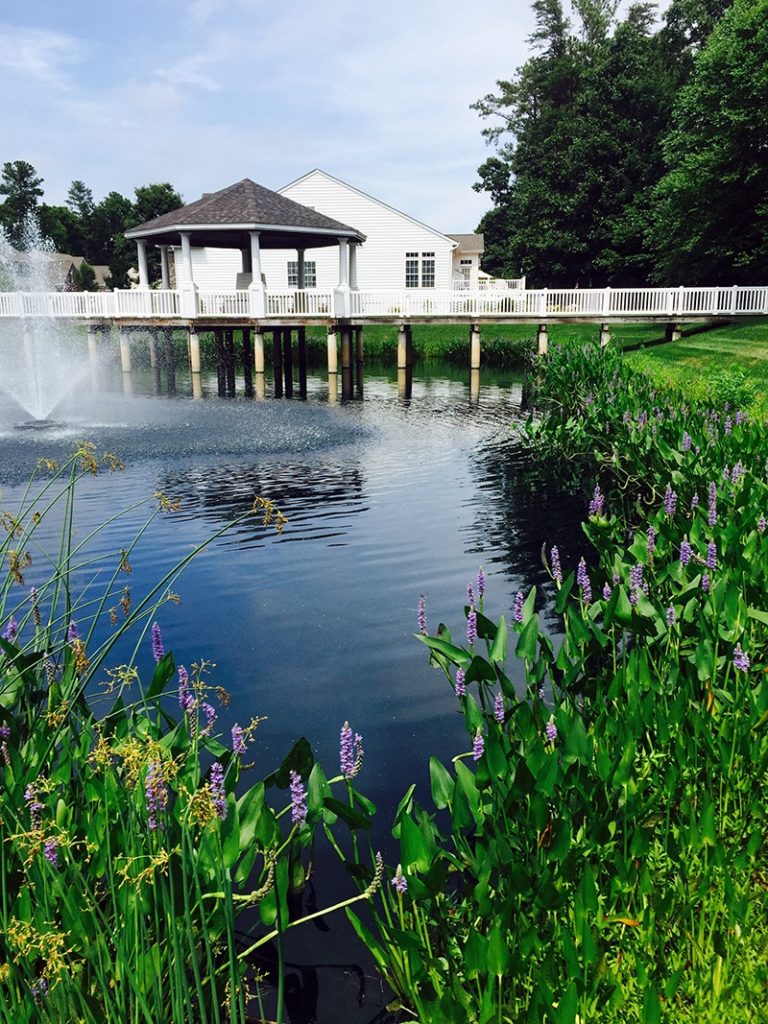
Reduce Nutrients with Shoreline Buffers
For any new technology, it is important to evaluate its niche within our “toolbox” and to understand the best fit among the available water quality management strategies. There are many factors to consider when developing a comprehensive aquatic resource management plan, such as the target weed or algae species, the presence of beneficial native vegetation, and the goals and budget of the stakeholders. While reduced risk herbicides offer a new and exciting option for our clients with severe nuisance or invasive aquatic weed issues, it’s important to establish long-term control by addressing the true root of the problem: unbalanced water quality.
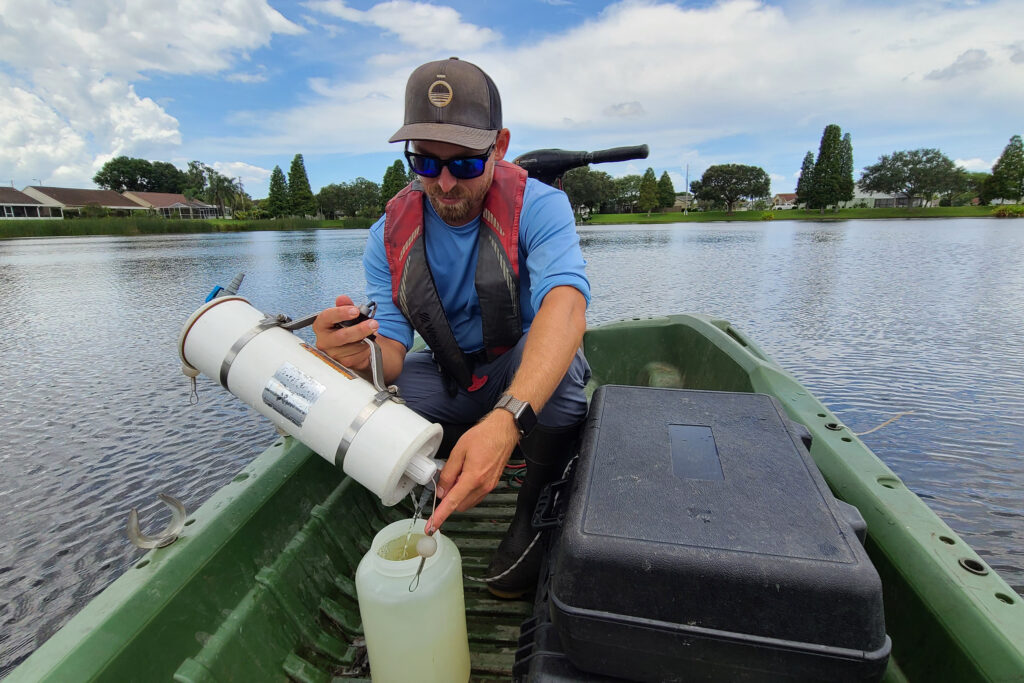
How Nutrients Can Cause Water Quality Issues
Water quality restoration is one of the most frequent and important challenges that we face as lake and pond managers, and should be a high priority for every waterbody. Poor water quality due to nutrient loading is a constant issue, as runoff containing fertilizers and other pollutants from agricultural farms, suburban lawns and gardens, and urban streets and parking lots drains into lakes, ponds, and stormwater management facilities. Even natural areas can contribute to water quality degradation through the deposition of sediment, leaf debris and other organic matter to our waterways. These pollutants are the ultimate source of nuisance lake and pond weeds, harmful cyanobacteria (blue-green algae) blooms and other complications that impair waterbodies for municipal and recreational uses, and may also make them less habitable for fish and other wildlife.
Innovative Lake Management Technologies
As a property manager or member of a homeowners community, you may have already implemented numerous aquatic management tools such as aeration and nanobubble technology, biological augmentation, and innovative sediment management techniques such as bioengineered shorelines and hydro-raking.
Another new technology for the sustainable removal of nutrients and other pollutants is generating excitement within our industry. Similar to activated charcoal, Biochar has highly adsorbent properties that allow it to remove impurities from water. These charcoal-like particles can be placed in large, porous bags in moving water, and the particles will attract and trap nutrients, metals and other pollutants. The bags are then removed from the water when they are full, resulting in the physical elimination of the trapped material from the waterbody. The contents of the bag can be discarded, or better yet, applied to lawns and gardens as a soil amendment for natural fertilization and as a substrate for beneficial microbes to enhance plant growth.
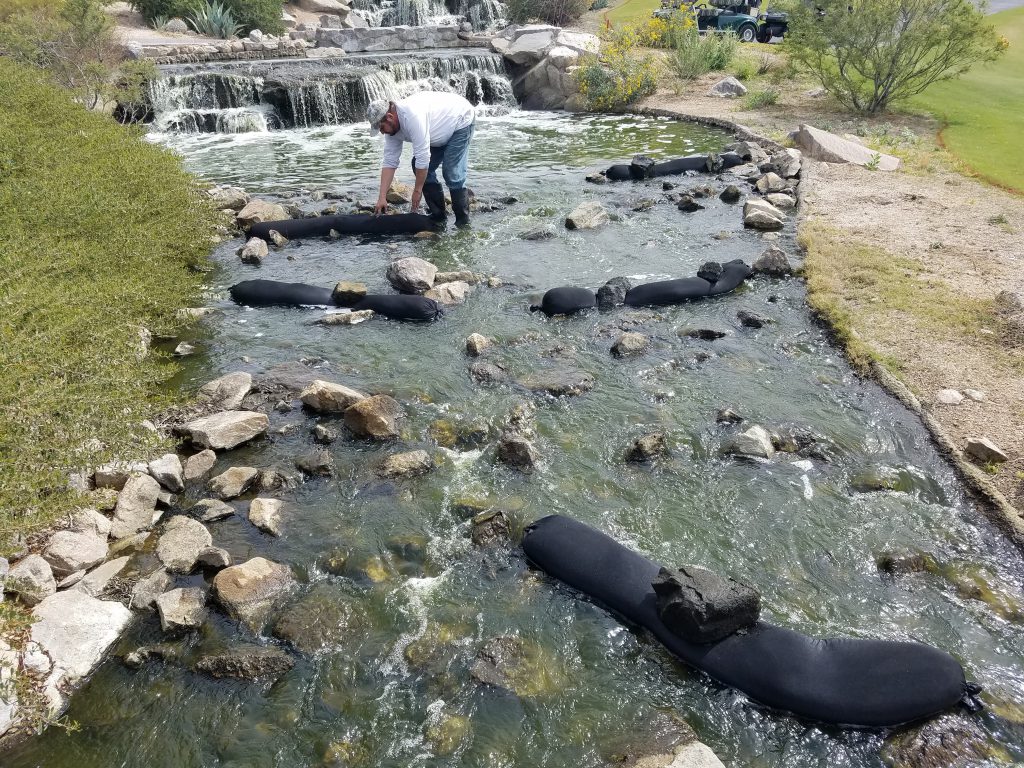
Maintain Healthy Water Quality for Years to Come
Biochar is most effective in flowing waterbodies so that there is constant circulation of water around the bags for nutrient adsorption. More stagnant basins would benefit from the installation of a fountain or aeration system to move the water and enhance the effectiveness of this method. The number and size of the bags required is also site-specific, and their longevity could be several weeks up to an entire season, depending on the severity of water quality impairment.
The increasing problems of anthropogenic and climatological water quality degradation have brought us to a critical time in the aquatic management industry, but new technologies like these are making the management of water resources easier and more sustainable than ever. When implementing any sort of aquatic weed or water quality solution for your waterbody, it’s extremely valuable to consult with an aquatic biologist or ecologist who is on the leading edge for innovative solutions to age-old challenges. Your community members—and your long-term budget—will thank you!
Managing Algae and Aquatic Weeds
SOLitude Lake Management is a nationwide environmental firm committed to providing sustainable solutions that improve water quality, enhance beauty, preserve natural resources and reduce our environmental footprint. SOLitude’s team of aquatic resource management professionals specializes in the development and execution of customized lake, stormwater pond, wetland and fisheries management programs that include water quality testing and restoration, nutrient remediation, algae and aquatic weed control, installation and maintenance of fountains and aeration systems, bathymetry, shoreline erosion restoration, mechanical harvesting and hydro-raking, lake vegetation studies, biological assessments, habitat evaluations, and invasive species management. Services and educational resources are available to clients nationwide, including homeowners associations, multi-family and apartment communities, golf courses, commercial developments, ranches, private landowners, reservoirs, recreational and public lakes, municipalities, drinking water authorities, parks, and state and federal agencies. SOLitude Lake Management is a proud member of the Rentokil Steritech family of companies in North America.









